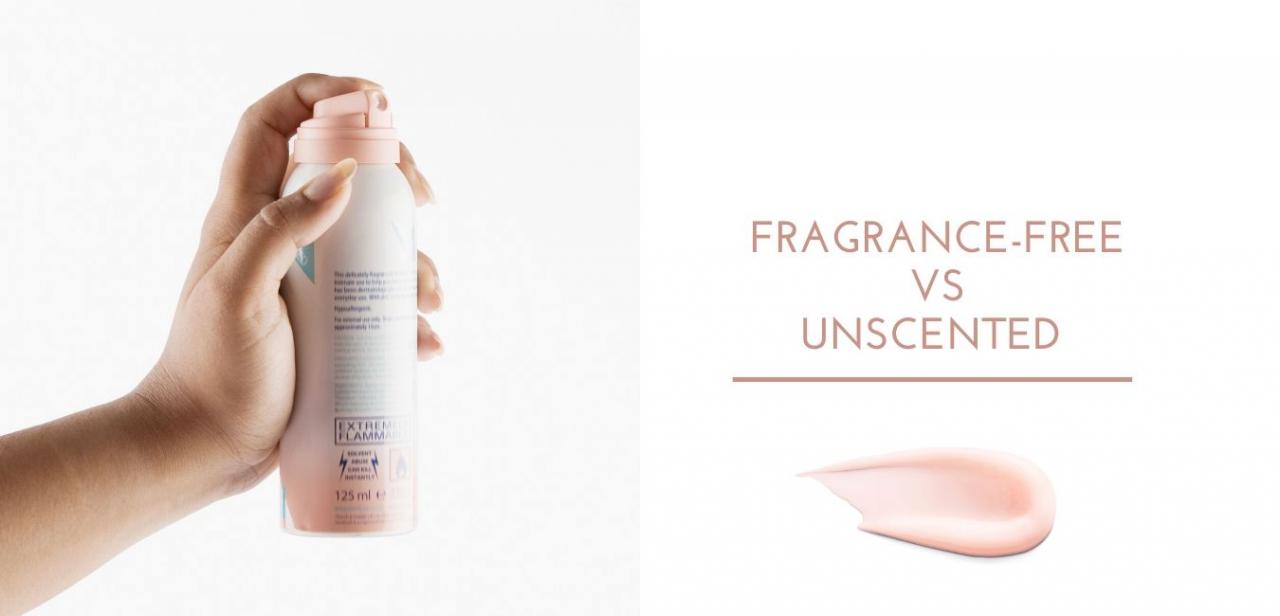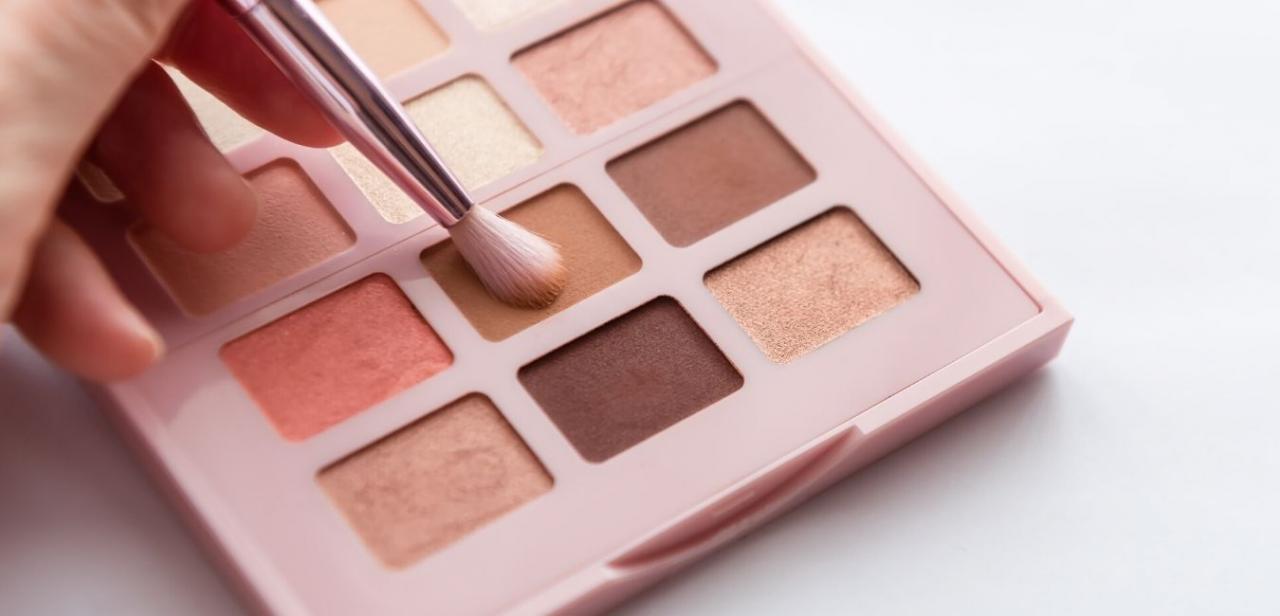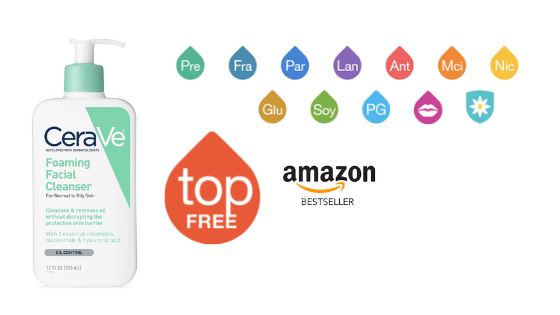Contact dermatitis is a term for a skin reaction (dermatitis) resulting from exposure to allergens (allergic contact dermatitis) or irritants (irritant contact dermatitis). Phototoxic dermatitis occurs when the allergen or irritant is activated by sunlight.
Contact dermatitis is an inflammation of the skin that results from direct contact with certain substances such as soap, cosmetics, jewelry or weeds. The resulting red itchy rash is not contagious or life-threatening but it can be very uncomfortable.
Successful contact dermatitis treatment consists primarily of identifying what is causing the inflammation. If you can avoid the offending agent, the rash usually disappears in two to four weeks. Self-care measures (wet compresses and anti-itch creams) can help soothe your skin and reduce inflammation.
Signs and symptoms of contact dermatitis include red rash or bumps, itching (which may be severe), dry red patches (which may resemble a burn), blisters and draining fluid from the involved skin in severe cases, skin rash limited to the exposed area, and pain or tenderness.
In contact dermatitis, only the areas of skin exposed to the offending substances react. The area with the greatest exposure reacts most severely.
Based on the cause, contact dermatitis falls into two categories (irritant contact dermatitis and allergic contact dermatitis).
Irritant contact dermatitis is more common and results from repeated contact with a substance, such as soap, cosmetics or skin products, including deodorant (that irritates the skin). The exposure produces red, dry itchy patches usually on the hands, fingers and face. Some substances, such as bleach or strong acids can cause irritant contact dermatitis after just one exposure. These substances typically remove oil and the protective barriers from the skin.
Allergic contact dermatitis is caused by a reaction to substances called allergens. The resulting reaction is your body's response to the sensitive agent. Allergic contact dermatitis produces a red rash, bumps and sometimes blisters when severe. Common allergens include rubber, metals such as nickel, costume jewelry, perfume, cosmetics, hair dyes and weeds. It may take several years for an allergy to develop. Once an allergy has developed to a specific substance, however, it remains for life. Exposure to even a small amount of the allergen will reliably result in skin eruption.
See your doctor if you're so uncomfortable that you're losing sleep or are distracted from your daily routines, your skin is painful, you suspect your skin is infected, you've tried self-care steps without success or you suspect the dermatitis is job-related.
The cause of contact dermatitis is direct contact with one of many irritants or allergens. Some substances are both allergens and irritants. Examples include ingredients in soaps, detergents and some cosmetics.
It takes a greater exposure to an irritant over a longer time to cause dermatitis than it takes for an allergen. If you're sensitized to an allergen, just brief exposure to aim small amount can cause contact dermatitis. If re-exposure to a substance always results in dermatitis, then this substance is more likely an allergen than an irritant. The allergen might be something that you had been in contact with for years without trouble until now. Once an allergy has developed to a specific substance, however, it remains for life.
Some substances cause dermatitis only when they contact skin exposed to sunlight (phototoxic dermatitis). Typical examples include shaving lotion, sunscreens, ointments containing sulfa drugs, some perfumes and coal tar products. Other causes of contact dermatitis may be airborne, such as ragweed pollen and insecticide spray.
Occupational contact dermatitis occurs when a person is exposed to allergens or irritants on the job. Frequent exposure to water, friction, chemicals, fuels, dyes, cleaning agents, industrial solvents or dust (for example, cement dust, sawdust or paper dust) can lead to contact dermatitis.
To help reduce itching and soothe inflamed skin, try these self-care measures:
Try to identify and avoid substances that irritate your skin or that cause an allergic reaction. These can include nickel, jewelry, perfume, cleaning products and cosmetics.
Apply an anti-itch cream or calamine lotion to the affected area. A nonprescription hydrocortisone cream (containing at least 1 percent hydrocortisone) can temporarily relieve the itch. A nonprescription oral antihistamine, such as diphenhydramine (Benadryl, etc.) may be helpful if itching is severe.
Avoid scratching whenever possible. Cover the itchy area if you can't keep from scratching it. Trim nails and wear gloves at night.
Apply cool, wet compresses. Covering the affected area with bandages and dressings can help protect the skin and prevent scratching.
Take a comfortably cool bath. Sprinkle the bath water with baking soda, uncooked oatmeal or colloidal oatmeal — a finely ground oatmeal that is made for the bathtub (Aveeno, etc.).
Wear smooth-textured cotton clothing. This will help you avoid irritation.
Choose mild soaps without dyes or perfumes. Be sure to rinse the soap completely off your body. And after washing, apply a moisturizer to protect your skin.
Contact dermatitis treatment consists primarily of avoiding the irritant, topical self-care measures and oral medications.
Avoiding the irritant. This involves identifying what's causing your irritation and then avoiding it. If this is done, it may take two to four weeks for the rash and irritation to clear up.
Topical self-care measures. In mild to moderate cases, self-care measures, such as using creams containing hydrocortisone or applying wet dressings, can help relieve redness and itching.
Oral medications. In severe cases, oral corticosteroids and antihistamines may be necessary to reduce the inflammation and relieve the intense itching.
Sources:
http://www.medicinenet.com
http://en.wikipedia.org
http://www.webmd.com
MC Ortega is the former publicist for the late Walter Payton, Coca-Cola and Dunkin’ Donuts. Ortega is a senior communications and messaging executive specializing in media relations, social media, program development and crisis communications. Also, Ortega is an avid traveler and international shopper. Ortega resides with her partner, Craig, dog, Fionne and extensive shoe collection. Ortega also enjoys jewelry design/production and flamenco dancing.





Add a Comment1 Comments
One way to prevent contact dermatitis is to make sure that all the things you are using are clean. You should not let others borrow your make-up brushes, hair brush or lip gloss. Also, make sure your clothes are devoid of detergent residues. Skin allergies can be triggered by simply using clothes that still have detergent residues on it. Some detergents contain harmful chemicals. You can run an extra rinse cycle every time you wash and you can change your detergent to one that is made from natural ingredients. (Ad link removed by moderator.)
June 2, 2010 - 11:36pmThis Comment